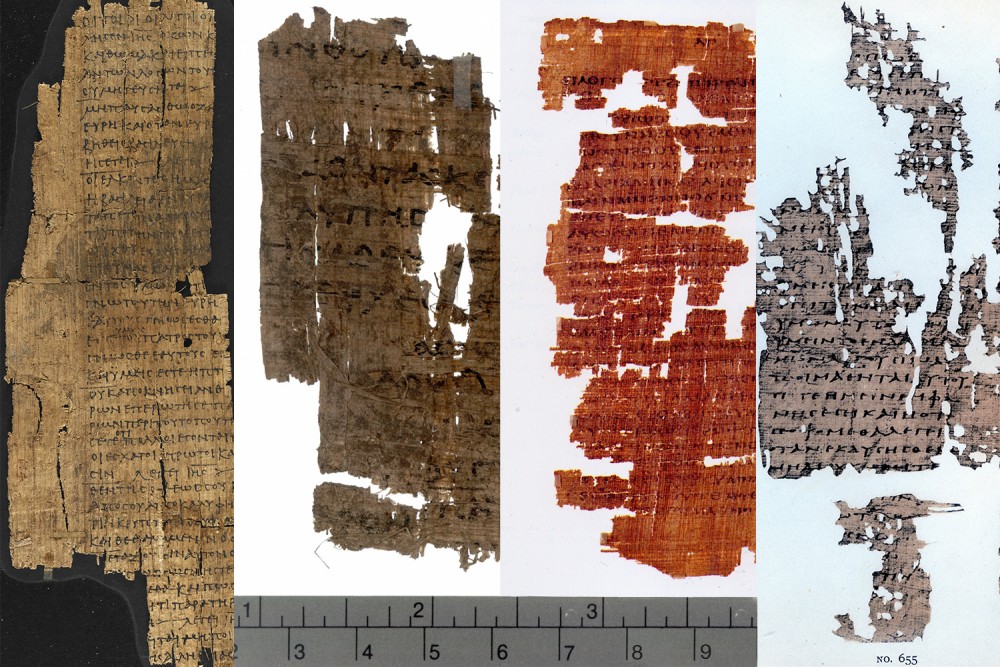Were the lost gospels really lost?
The myth that alternative gospels were suppressed by empire and only recently rediscovered is too good to be true.

Papyri of various noncanonical gospels (Creative Commons)
Around 800, an unknown Irish monastery listed the appropriate liturgical readings for different feast days. For the mass of the circumcision, the text for the day came from the Gospel of James, presented with the words that would have been used to introduce a standard passage from canonical Mark or John. We have no idea where that church found such an out-of-the-way text, or what happened to it. Was the world’s last copy burned in a Viking raid?
In itself, such a mysterious story offers no fundamental revision of Christian history. But it does raise a question about a widespread and influential mythology concerning early Christianity, one that shows up every time someone claims to have found a lost ancient gospel. It is familiar to anyone who has read Dan Brown.
The story goes like this. In the earliest Christian centuries, a great many writings about Jesus circulated, and the number of claimed gospels might have run into the hundreds. As the Roman Empire made Christianity the state religion, so the number of acceptable gospels was rigidly pruned back, to our canonical Big Four, and those other embarrassing contenders were progressively suppressed. By the 380s, when imperial regimes decisively moved against the remaining gospels, one treasure trove was famously concealed at Nag Hammadi in Egypt. That hoard was rediscovered in 1945 and made widely available in translation in the 1970s, and only at that point were we at last able to glimpse the brilliantly diverse truths of the earliest Jesus movement. Finally, after 1,500 lost years, the truth was revealed.


